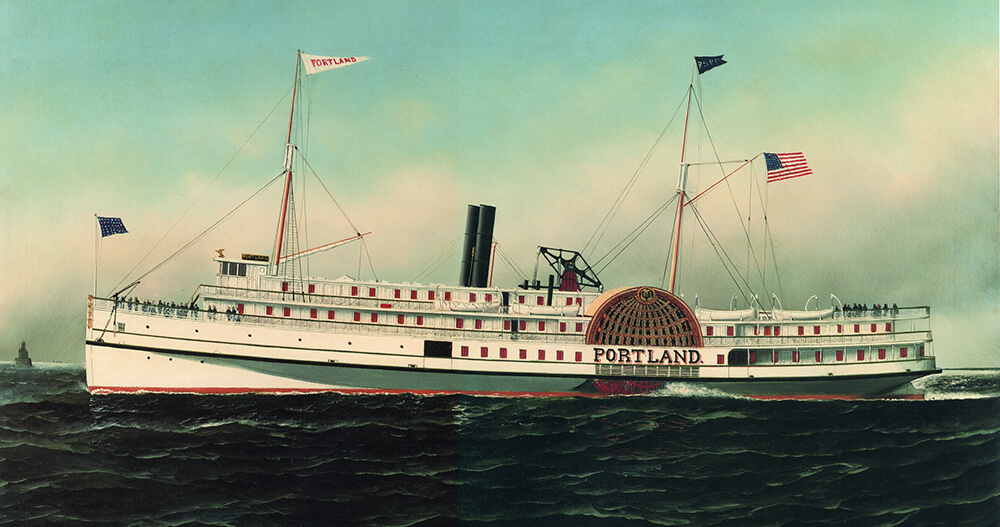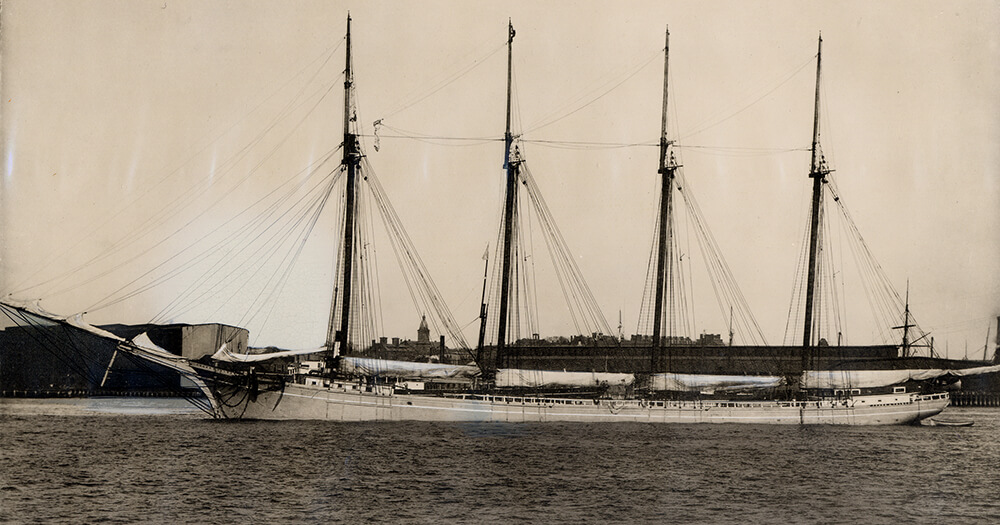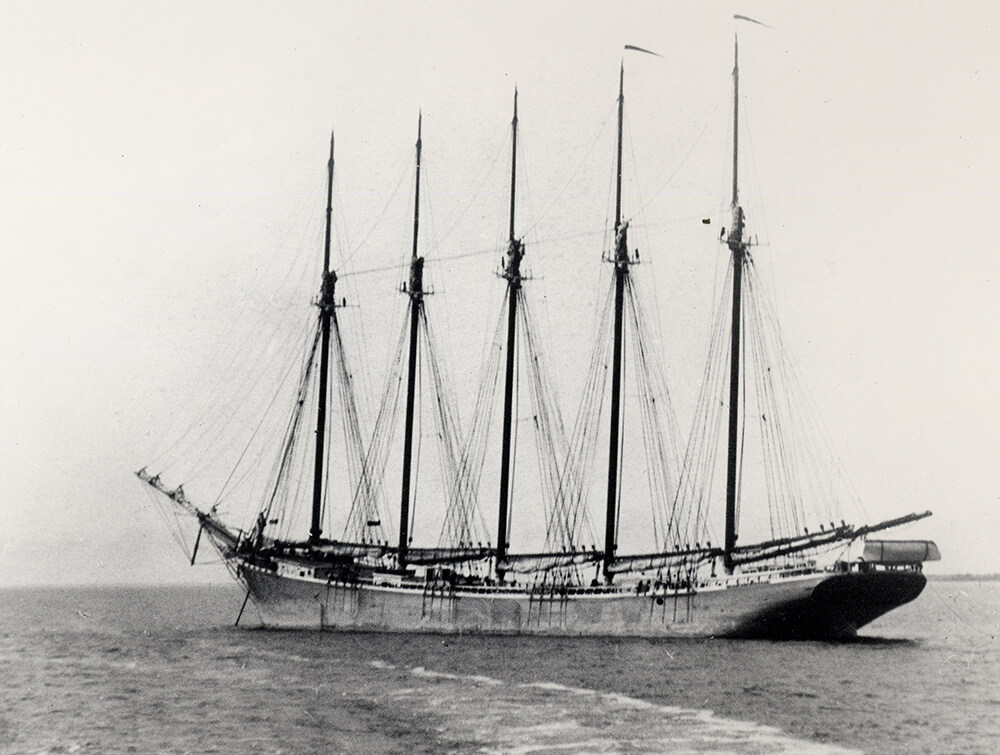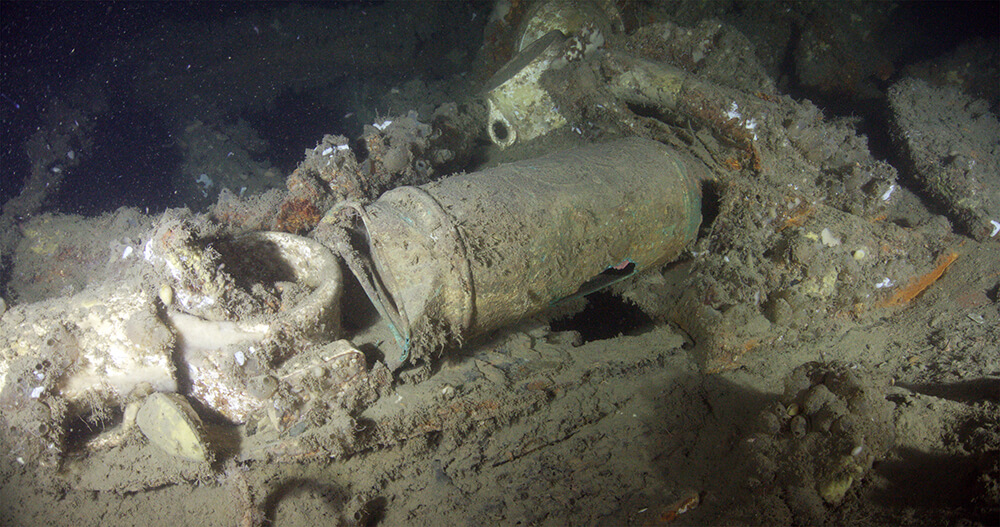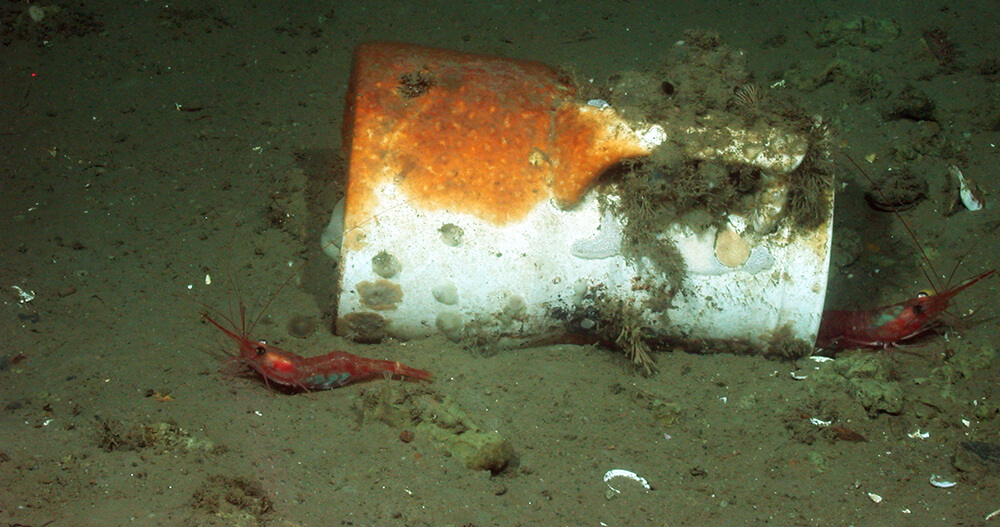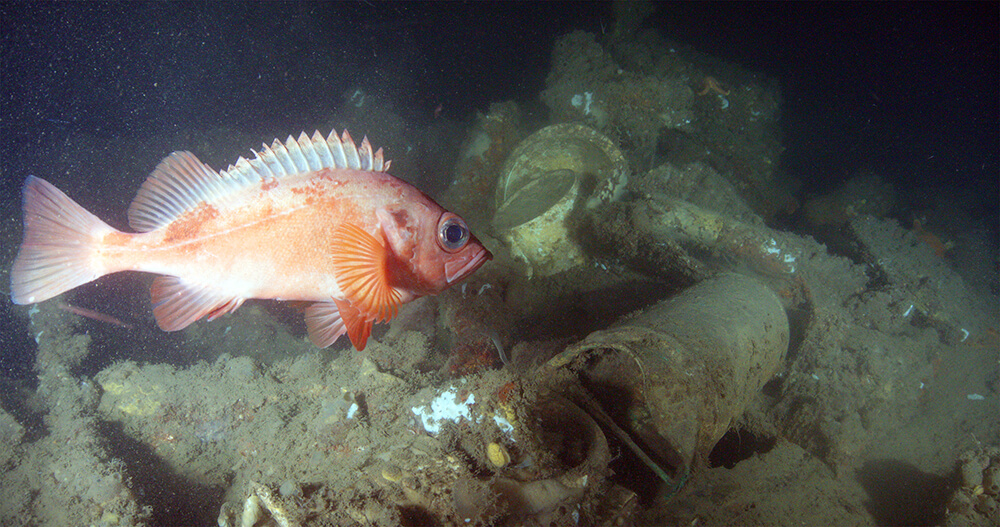Woods Hole Oceanographic Institution 2019 Expedition
Expedition to the wreck of Portland

This summer, NOAA's Office of National Marine Sanctuaries is teaming up with Woods Hole Oceanographic Institution and Marine Imaging Technologies to explore the life and shipwrecks of Stellwagen Bank National Marine Sanctuary. A team aboard the Research Vessel (R/V) Connecticut and the vessel Dawn Treader will conduct biological and archaeological surveys of some of the sanctuary’s most iconic shipwrecks and compare these to life on natural hard-bottom habitats elsewhere on the bank.
Researchers will employ a variety of innovative marine technologies during this interdisciplinary expedition. Pixel, a cinema class remotely operated vehicle (ROV) and Rover, an ROV equipped to collect samples from the seafloor, will assist exploration. The team will also assemble three-dimensional photogrammetric models to measure and assess the condition of the wrecks, and will capture 360° video to create virtual underwater tours of these unique and historic sites. A live telepresence link from ship to shore throughout the expedition will also give students and the public a rare behind-the-scenes look at an oceanographic research expedition in action.
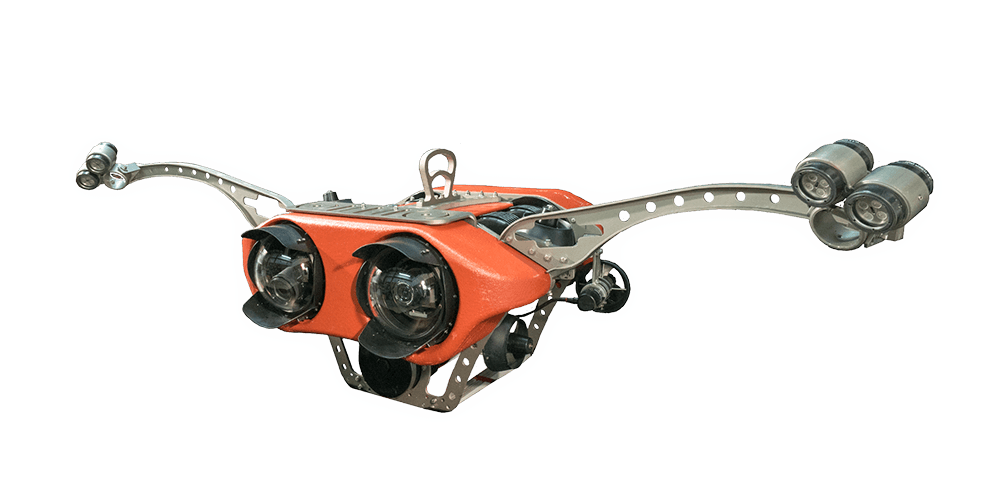
The primary archaeological goal of the expedition is to assess the current state of several of the more than 200 wrecks in the sanctuary. Target wrecks include the steamship Portland and the coal schooners Frank A. Palmer and Louise B. Crary. These surveys will help marine historians better understand the last moments aboard each ship before it sank, as well as the factors contributing to their gradual change over time.
In addition to providing a window into the region's rich maritime history, these wrecks are home to a vast number of marine species that contribute to the sanctuary's biological heritage. The primary biological research goal for this mission is to document the diversity and abundance of species that live on these wrecks. Scientists will then compare what lives on each of the shipwrecks to live on natural hard-bottom ecossytems elsewhere in Stellwagen Bank National Marine Sanctuary.
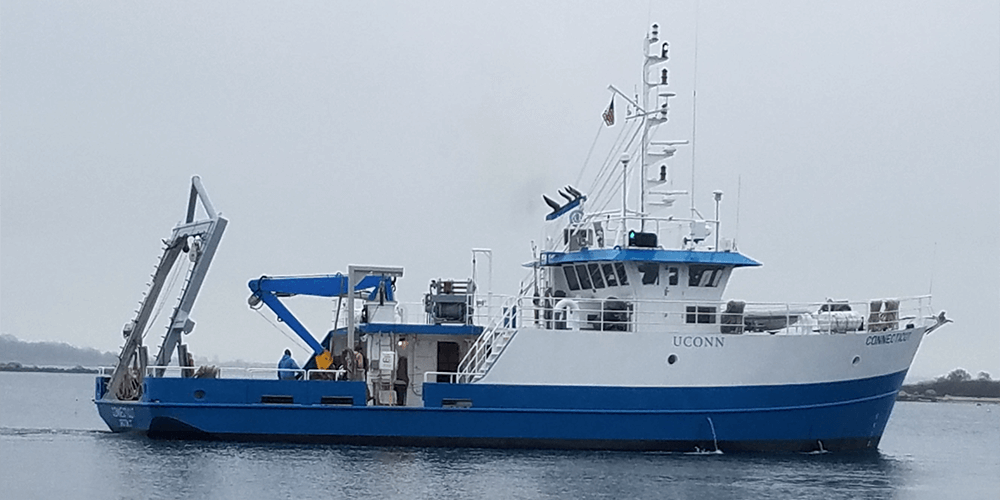
Initial surveys will take place in June and July, with additional investigations and live telepresence broadcasts September 17-19. Stay tuned for more information on how you can take part in live interactions with this mission during the September expedition.
You can follow all the action on the NOAA Office of National Marine Sanctuaries social media channels, and check back here for updates, photos, and video as the expedition continues.





Live Programming
Interested in connecting with live programming from the depths of Stellwagen Bank National Marine Sanctuary? Shipboard broadcast capabilities aboard Research Vessel (R/V) Connecticut enable you to engage in a unique live dialogue with scientists, engineers, and on-board team members that will be supported with visually-rich content and programming on this webpage.
Each viewer will have the capability to interact with questions and answers throughout the live broadcast by submitting them through the question form below with the live viewing feed. Questions will be monitored and addressed by the host and answered by the science team. These broadcasts range from 20 to 30 minutes and will cover science, technology, and maritime heritage.
Tues., Sept. 17 at 2:00p.m. EDT
Portland memorial: Recognition ceremony for New England’s Titanic
Watch this broadcast below.
Learn more about the Portland vessel, the sinking, the discovery, the lives lost, and the shipwreck’s cultural significance to the sanctuary. This live interaction welcomes you to a ceremony to memorialize the tragedy of the Portland Gale of 1898. Additionally, you will meet the research team and learn about expedition operations. This program offers insight on the history of Portland, a memorial ceremony, and an opportunity to connect with the expedition team.
Wed., Sept. 18 at 12:30 p.m. EDT and 3:00 p.m. EDT
Deep-sea exploration: Biology and archaeology in Stellwagen Bank National Marine Sanctuary
Explore the shipwrecks lying on the seafloor of NOAA's Stellwagen Bank National Marine Sanctuary in Massachusetts Bay. This live interaction will connect you to the expedition scientists who study the communities of marine life that make shipwrecks their home. Additionally, you will learn the stories behind Portland by visiting the vessel on the seafloor. This program will focus on the biological and archaeological significance of the Portland shipwreck in one of America's underwater treasures.
Thurs., Sept. 19 at 7:00 p.m. EDT
Deep-sea exploration: Biology and archaeology in Stellwagen Bank National Marine Sanctuary
Explore the shipwrecks lying on the seafloor of NOAA's Stellwagen Bank National Marine Sanctuary in Massachusetts Bay. This live interaction will connect you to the expedition scientists who study the communities of marine life that make shipwrecks their home. Additionally, you will learn the stories behind the Frank A. Palmer and Louise B. Crary shipwrecks by visiting them on the seafloor. This program will focus on the biological and archaeological significance of shipwrecks in one of America's underwater treasures.
If interested in hosting an event around the live program, please fill out this form with your contact information.


